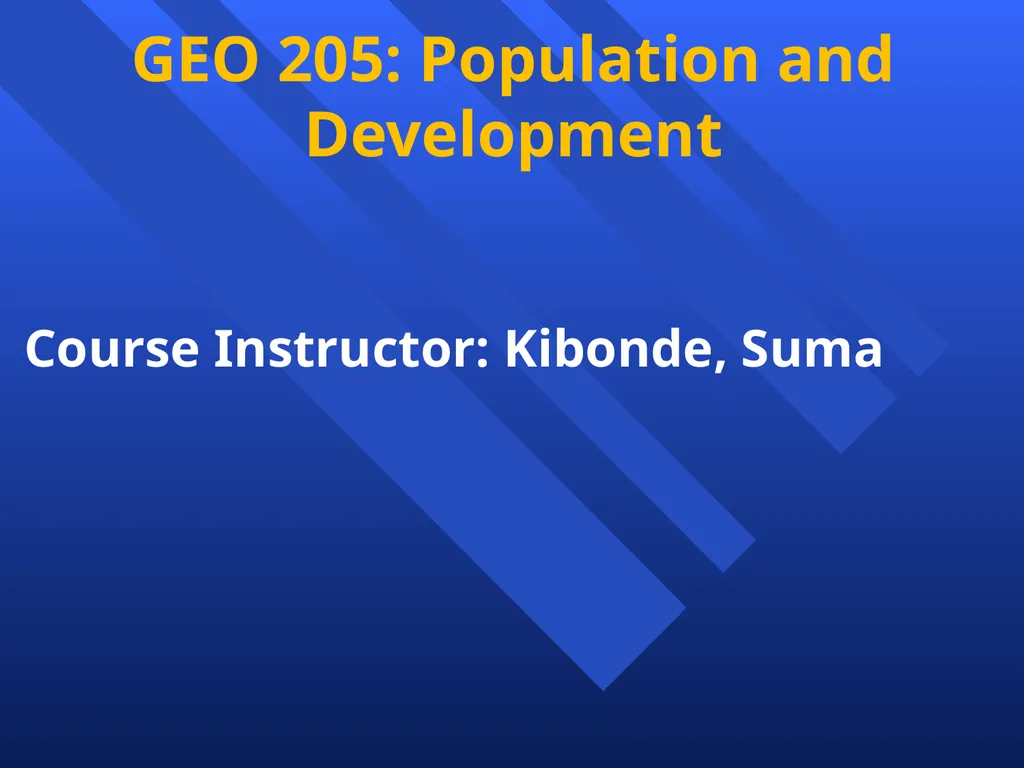
GEO 205: Population and Development Course
Author: giovanna-bartolotta | Published: 2025-08-16
Description: GEO 205: Population and Development Course Instructor: Kibonde, Suma RECAP: Demographic Transition Model Looking at how countries overtime change specifically focusing on birth rates, death rates and population growth Also the model looks
Download Presentation
Download the PPT/PDF: Download
Transcript:
Loading transcript…